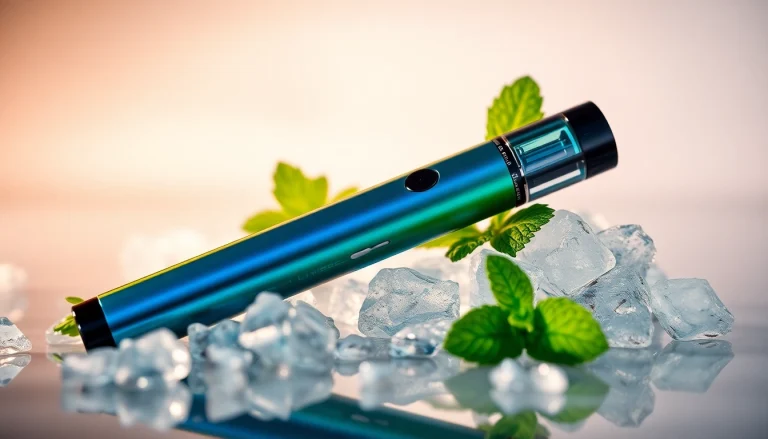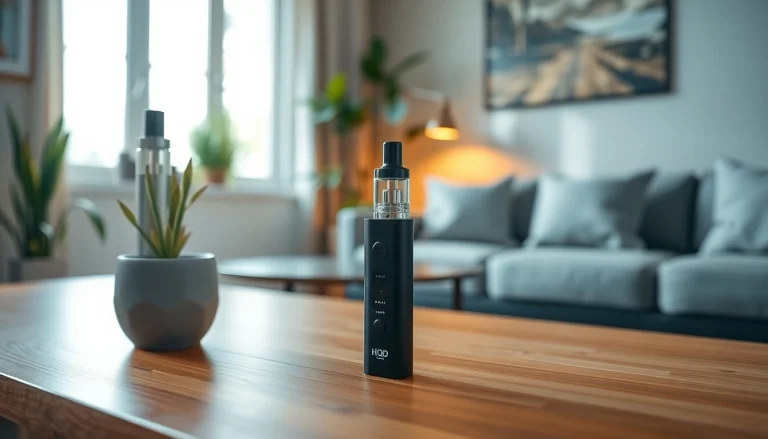Introduction to Thermal Management Materials
In the realm of electronics, heat management plays a pivotal role in maintaining device efficiency and longevity. Thermal management materials encompass a wide array of products designed to dissipate heat effectively and maintain optimal operating temperatures in various electronic applications. This article aims to delve into the definition, importance, and different types of thermal management materials, highlighting their key roles in the evolving landscape of electronics.
Definition and Importance
Thermal management materials are engineered substances that help to regulate heat within devices, ensuring they operate efficiently. As modern electronics become more compact and powerful, the amount of heat generated has increased significantly. Without proper thermal management, components can overheat, leading to failure, reduced performance, or even complete breakdown. Thus, thermal management materials are vital for enhancing performance, extending device life, and ensuring safety.
Types of Thermal Management Materials
The three main categories of thermal management materials include:
- Thermal Interface Materials (TIMs): These materials are typically used between heat sources and heat sinks to enhance thermal conductivity.
- Heat Spreaders: These are structures designed to distribute heat over a broader area, reducing the localized temperature of electronic components.
- Phase Change Materials (PCMs): These materials absorb and release thermal energy through phase transitions, helping maintain stable temperature variations.
Applications in Electronics
Thermal management materials find applications across various industries, including consumer electronics, automotive, aerospace, and telecommunications. In smartphones, for instance, TIMs are employed to optimize heat dissipation from processors. In automotive applications, thermal pads help manage heat in electric vehicles, allowing for better performance and safety.
Understanding Thermal Interface Materials (TIMs)
Role of TIMs in Heat Transfer
Thermal Interface Materials (TIMs) are crucial in the heat management ecosystem, functioning as minor yet indispensable layers between hot components and heat sinks. Their primary purpose is to minimize thermal resistance, ensuring efficient heat transfer from the source to the sink. By filling microscopic gaps, TIMs eliminate air pockets that hinder heat conduction. Specific TIM products include thermal grease, pads, and adhesives, each selected based on their thermal conductivity ratings and application context.
Common TIM Solutions and Their Usages
Some commonly used TIM solutions include:
- Thermal Greases: Offering effective heat transfer and easy application, greases are often used in computer CPUs and GPUs.
- Gap Fillers: These are ideal for uneven surfaces, providing excellent thermal performance while being compressible.
- Phase Change Materials (PCMs): Used in applications requiring temperature stability, PCMs can melt and solidify at specific temperatures, making them useful for high-performance computing.
Performance Metrics for TIMs
Evaluating TIMs requires an understanding of various performance metrics, including:
- Thermal Conductivity: Measured in W/mK, this indicates how effectively a TIM conducts heat.
- Consistency and Viscosity: These properties influence how well TIM can fill gaps between surfaces and how easily it can be applied.
- Operational Temperature Range: Each TIM has specific operating temperature limits, which are crucial for long-term installations.
- Durability: Resistance to degradation over time will influence long-term performance, especially in demanding environments.
Key Properties of Effective Thermal Management Materials
Thermal Conductivity and Resistance
The primary function of any thermal management material is to effectively conduct heat away from heat-generating components. Thus, thermal conductivity and thermal resistance are critical metrics. High-performance materials boast thermal conductivity ratings exceeding 10 W/mK, allowing rapid heat dissipation. Conversely, materials with high thermal resistance will trap heat, leading to potential device failure.
Mechanical Properties and Durability
Besides thermal performance, the mechanical properties of thermal management materials — such as tensile strength and compressibility — play a vital role in their suitability for various applications. Durable materials resist temp variations, compressive stress, and other environmental factors like moisture and chemicals, ensuring reliable operation over time.
Environmental Considerations
In light of increasing environmental awareness, many manufacturers are focusing on developing eco-friendly thermal management materials. Sustainable sourcing, recyclability, and low toxicity are becoming influential factors in selection processes. For example, silicone-based materials have gained popularity due to their durability and relatively low environmental impact compared to alternatives.
Best Practices for Selecting Thermal Management Materials
Assessing Application Requirements
When selecting thermal management materials, understanding specific application requirements is critical. Factors include the type of components involved, the expected operating temperature ranges, physical dimensions, and environmental conditions. A thorough assessment helps ensure that the selected materials not only meet thermal conductivity needs but also match mechanical and environmental demands.
Evaluating Manufacturers and Products
Choosing the right manufacturer is equally vital. Look for companies with strong reputations for quality, expertise, and innovative solutions in thermal management materials. Reading customer reviews and industry case studies can also provide insights into their product performance. Collaborating with technical support teams can ensure proper material choice and application suitability.
Cost vs. Performance Analysis
Cost considerations cannot be overlooked. While high-performance thermal materials may have greater upfront costs, they often lead to improved device efficiency and reduced long-term expenses due to lower failure rates and maintenance needs. A comprehensive cost-performance analysis can yield insights into the best options for specific projects, balancing initial investments with future savings.
Future Trends in Thermal Management Materials
Innovations in Material Science
The field of material science is continuously evolving, bringing forth innovative solutions for thermal management. Emerging materials such as graphene and carbon nanotubes are showing potential for extremely high thermal conductivity, paving the way for more efficient heat dissipation methods. Research into bio-based thermal materials is also gaining traction, combining sustainability with performance.
Impact of Emerging Technologies
As technologies evolve, especially in areas such as 5G, IoT devices, and electric vehicles, the demand for advanced thermal management solutions will only increase. Highly integrated circuits will require increasingly effective temperature control systems, while electric vehicles will need innovative cooling solutions for battery management systems. Keeping abreast of these trends will inform decisions for manufacturers and ensure competitiveness in the marketplace.
Regulatory Compliance and Sustainability
With an increasing focus on regulations regarding environmental impact and safety, compliance is key for manufacturers of thermal management materials. Understanding relevant regulations, such as RoHS (Restriction of Hazardous Substances) and REACH (Registration, Evaluation, Authorization, and Restriction of Chemicals), is essential. Sustainability practices — from material sourcing to end-of-life considerations — are not only becoming industry standards but are also critical for brand reputation and market success.






